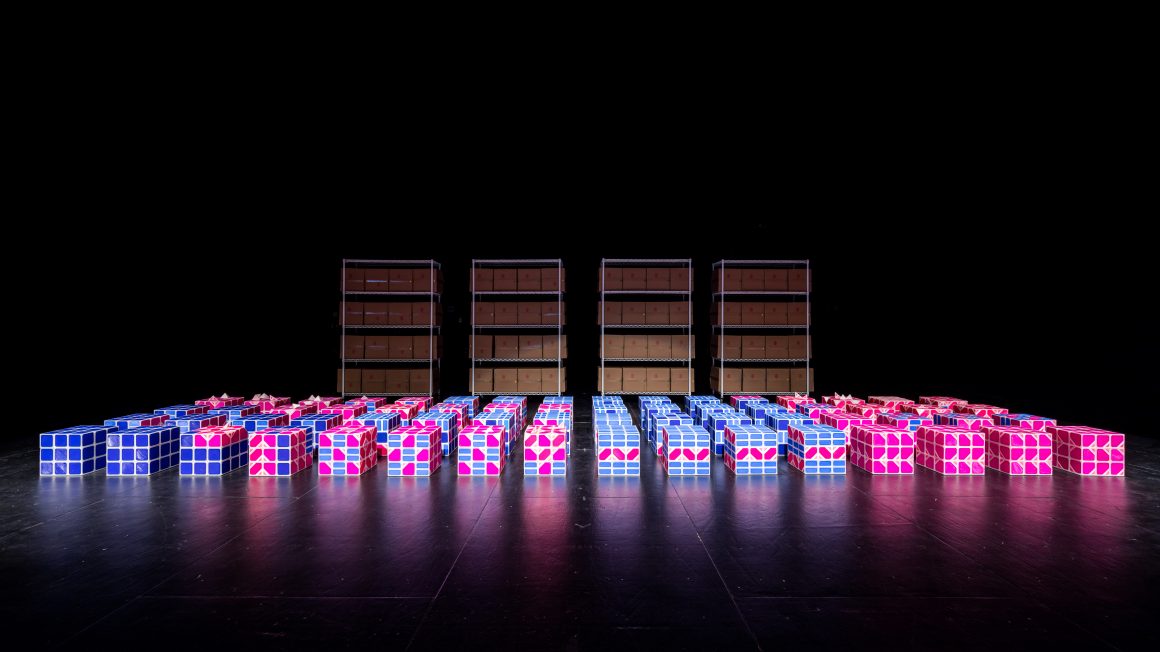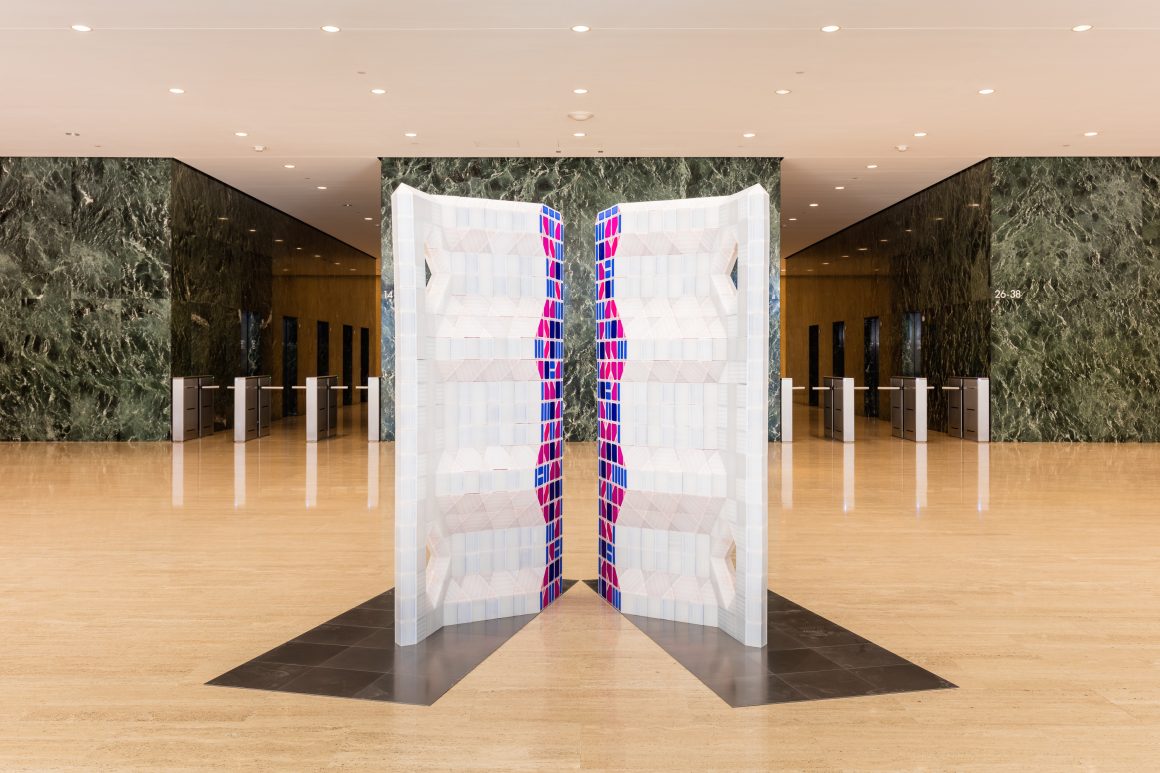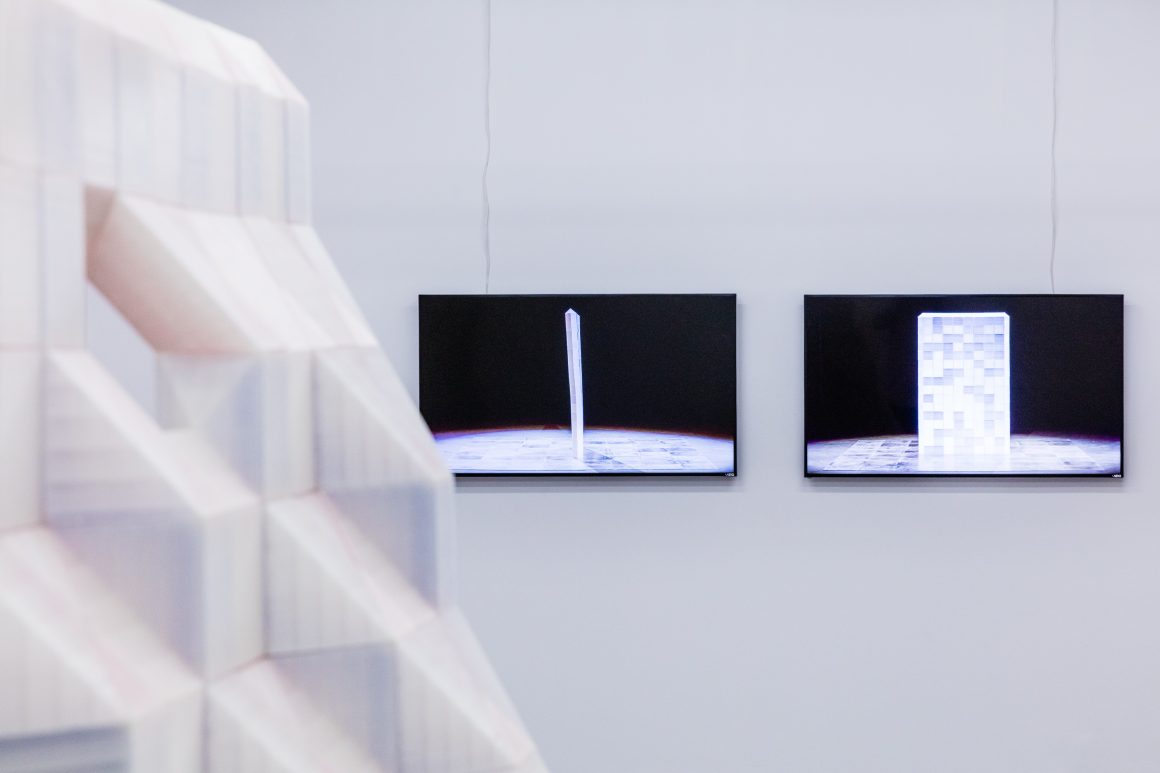In 1987, researchers at General Electric pioneered a method for generating computer graphics from medical scan data that featured an underlying language of faceted cubes. Widely adopted, “Marching Cubes: A High Resolution 3D Surface Construction Algorithm” has become a seminal visual language for virtual environments.
I wanted to make this computational procedure tangible, into something we could build with. I translated the algorithm into 3D printed construction units that allow us to act out its logic. I also created a user’s guide: input any object—a 3D scan or model—and a custom computer script outputs assembly instructions. Every Marching Cubes interactive performance and installation is unique; the units can make anything.
I build the assemblies in collaboration with my audience. Together, we perform the computer’s process. To date, we’ve created assemblies that explore architectural, anthropomorphic, and ecological themes. Sometimes, we simply play: with humans doing the work, the algorithm’s strict logic is optional. By enacting a ubiquitous algorithm in the real world, this project generates dialogue about how information technologies create the building blocks of contemporary culture.
This project emerged from two previous explorations of experimental unit-based construction systems, Automatic and Automatic/Revisited.
PROJECT PDF
I acknowledge the support of the Canada Council for the Arts, which last year invested $153 million to bring the arts to Canadians throughout the country.
Je remercie le Conseil des arts du Canada de son soutien. L’an dernier, le Conseil a investi 153 millions de dollars pour mettre de l’art dans la vie des Canadiennes et des Canadiens de tout le pays.












